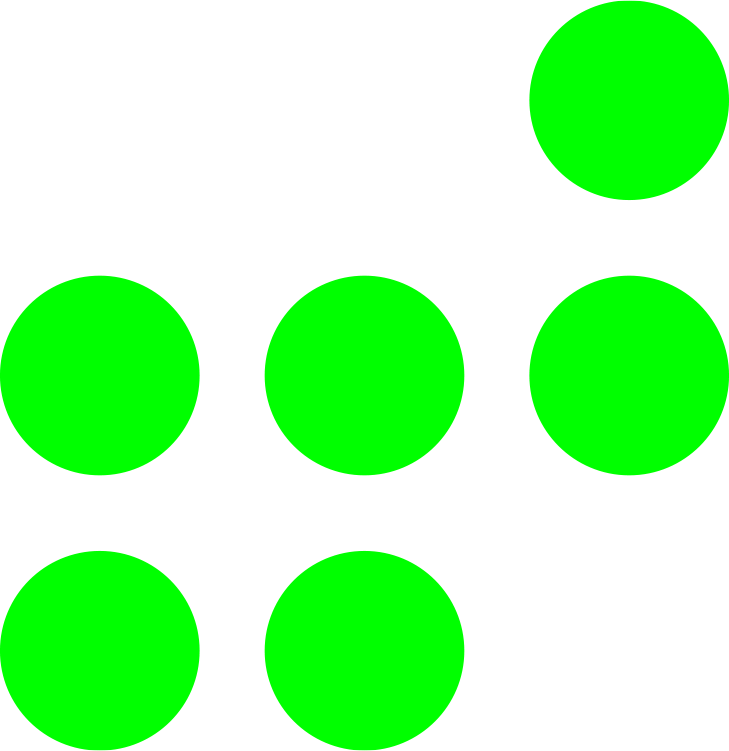What does LED stand for?
Light Emitting Diode
LED stands for Light Emitting Diode. LEDs began as exciting but expensive electronic components in the sixties, used in handheld calculators and other similar devices. Through research and development, LED technology advanced, became more efficient and less expensive, until it reached its current form. LEDs can now be used for a number of lighting applications and are available across the spectrum of visible, infrared, and ultraviolet light. Affordable 12V and 24V LED lights, for example, are often used as a conventional lighting source in homes, offices, and places of business because they are more energy-efficient, last longer, are more physically durable, and are safer than incandescent lighting sources.
More efficiency
The same technology that allows LEDs to produce light with less electricity use also means that it has different hardware requirements than incandescent lights. Proper 12V and 24V LED light installation includes the use of specific power adapters or drivers to regulate the voltage and heat that reaches the Light Emitting Diode, so that the diodes only receives the right amount of electricity and continues to function properly.


